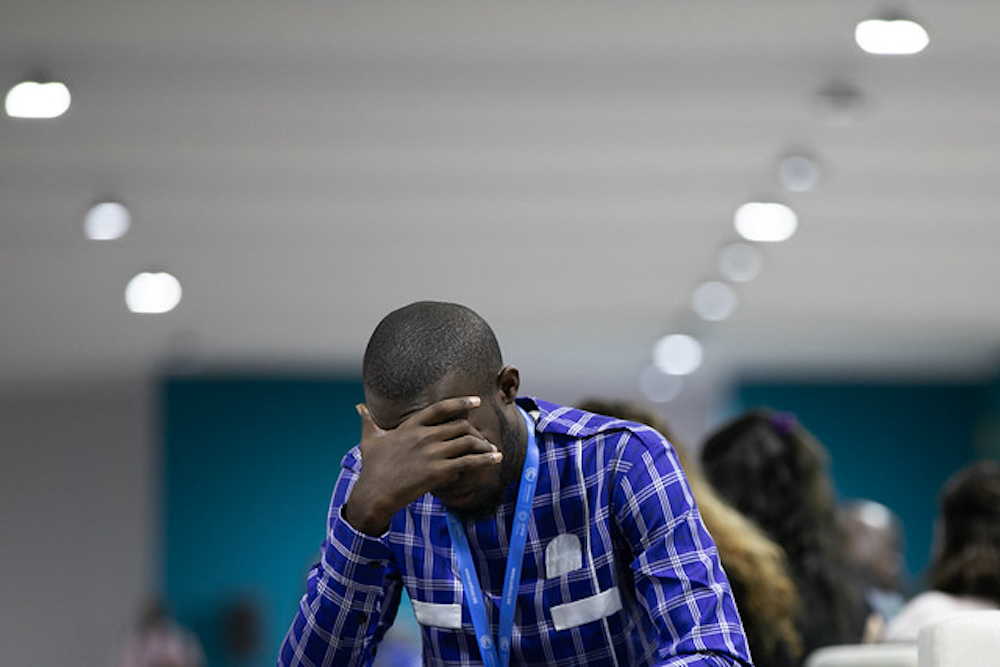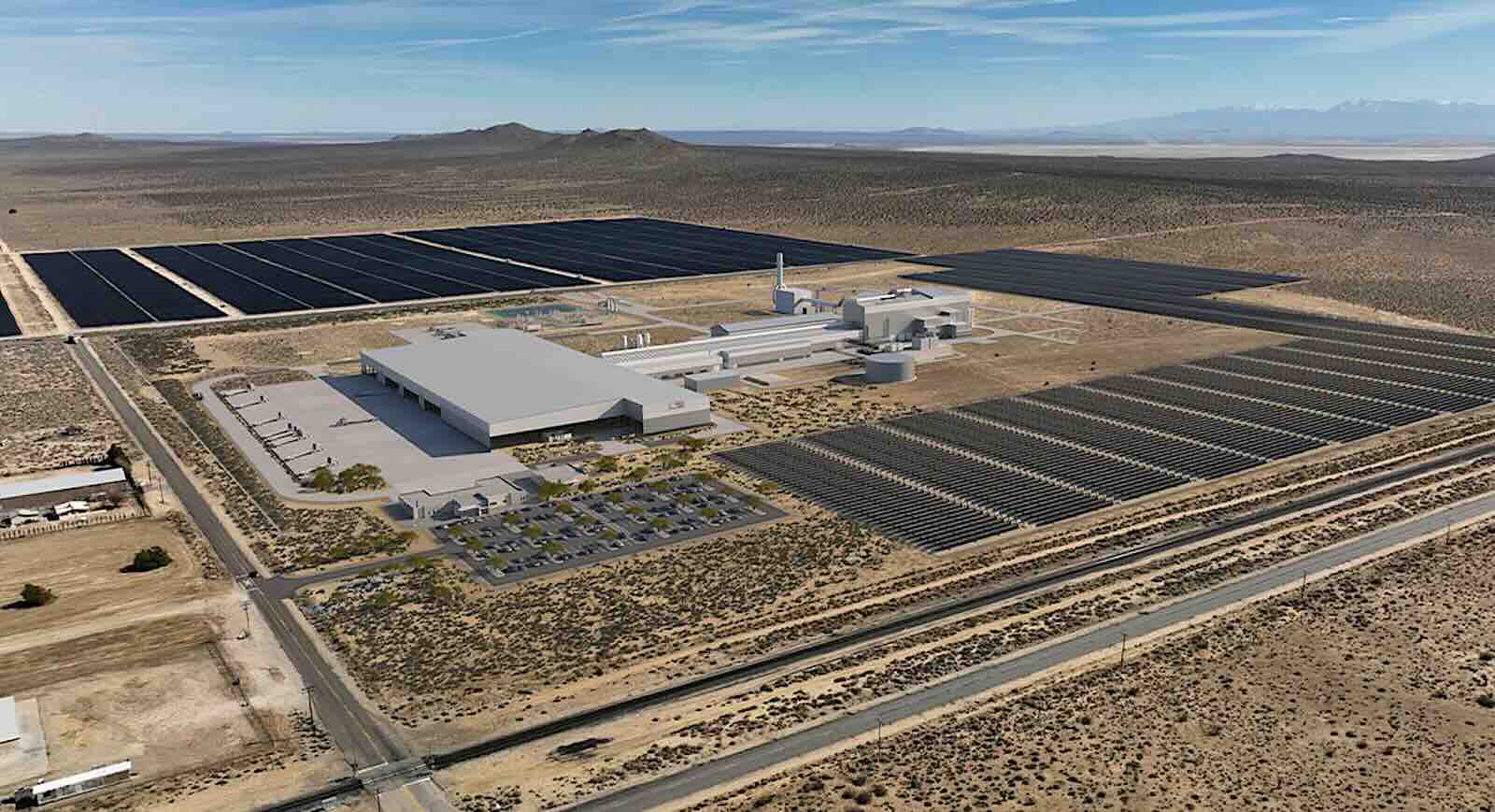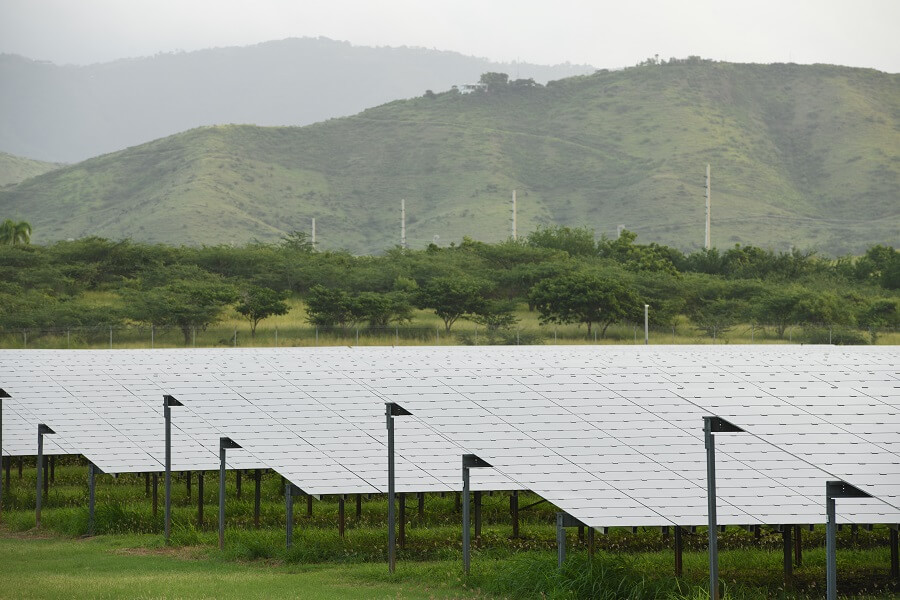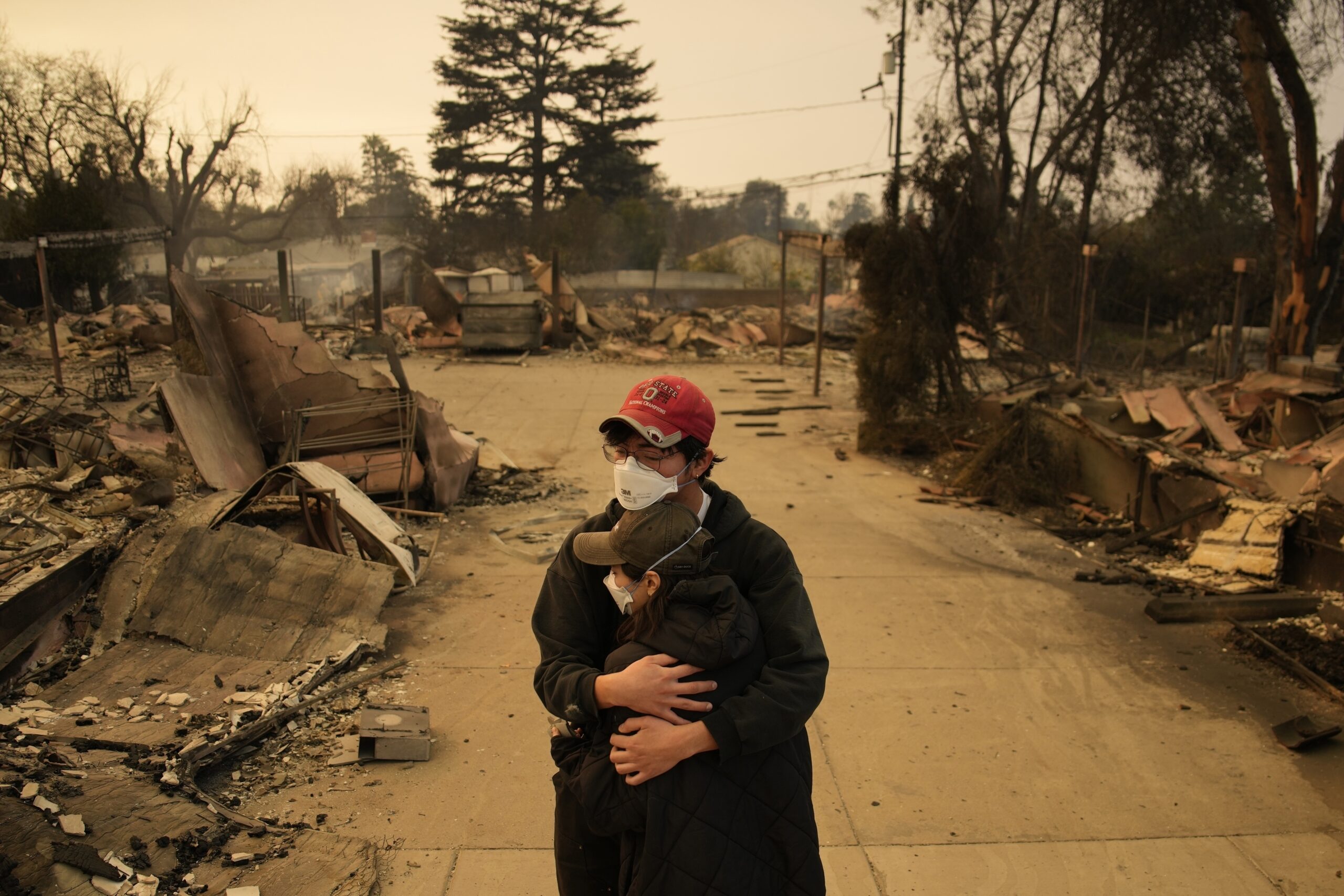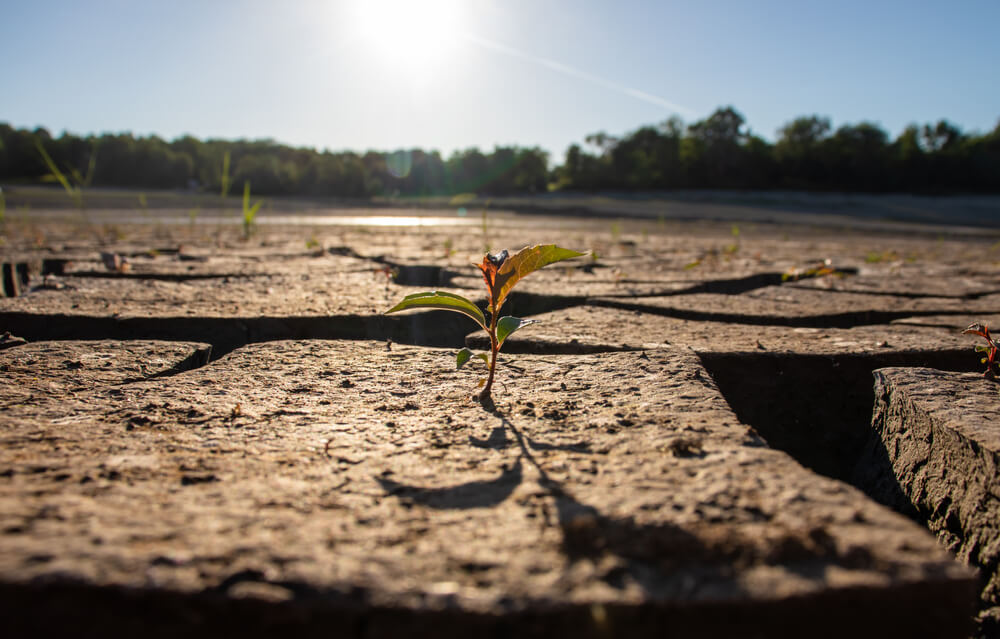In the end, COP29 lived up to its low expectations.
“Abysmally poor.” “A betrayal.” “A complete failure in terms of delivering the ambition required” were some of the reactions.
The “finance COP” had been charged with rallying support for vastly higher financing for the climate mitigation and adaptation efforts in less developed countries by the more-developed nations responsible for the bulk of historic greenhouse gas emissions. An agreement reached by negotiators in the wee hours Sunday to triple such climate financing, from $100 billion to $300 billion per year, was a bitter compromise; developing nations had sought more than $1 trillion a year in funding.
The UN estimates that developing countries need $3.2 trillion per year by 2035, with $1.3 trillion of that coming from rich nations in the form of grants, loans and private investment (for context, some $3 trillion is expected to be invested globally in energy infrastructure this year).
Global carbon emissions must be slashed by more than 40% by 2030 to keep global warming in check; the world is on track for just a 2.6% reduction.
“This COP has taken us dangerously backwards on collective climate action as extreme weather events take their toll,” said Richard Folland of CarbonTracker, noting the large presence of fossil fuel lobbyists, once again, at the event.
Walkout in protest
The New Collective Quantified Goal, or NCQG, as the agreed upon climate finance target is known, calls for wealthy nations to “mobilize” funding from “a variety of sources,” and makes no commitment to grants, as already indebted countries had urged.
Still, that agreement on a new climate finance target was reached at all was something of an achievement, after talks teetered on the verge of collapse on Saturday. Dozens of developing countries, led by the small island developing states, temporarily walked out of the session in protest.
“The adoption of the NCQG marks a critical yet imperfect step forward,” said Laura Sabogal of policy firm E3G. “While it falls short of equipping developing countries with the tools they urgently need to transition to climate resilience and contains significant gaps in adaptation, it nonetheless underscores a shared commitment to multilateralism.”
Getting to $1.3 trillion in climate finance by sometime next decade still remains a goal — that will fall to negotiators at COP30 next year in Belém, Brazil.
Petrostate politics
The negotiations, which took place over two weeks in oil-rich Baku, Azerbaijan, were marred by a chaotic and opaque process, as exemplified by the obstructive behavior of Saudi Arabia. In a ham-handed editing ploy, the oil kingdom attempted to eliminate hard-won language included in last year’s COP agreement calling for the “transition away from fossil fuels.”
Also hanging over the proceedings was the specter of US President-elect Donald Trump, who has threatened to pull out of the global “conference of the parties,” as the global climate process is known. That would leave other wealthy nations to shoulder most of the financial burden.
The lackluster public financing also puts the spotlight on private sector finance. Impact investors are developing a range of strategies to blend public and private capital and mitigate risk for climate investments in volatile markets. Countries such as China, which was considered a developing nation when the Paris Agreement was forged, will contribute more on a voluntary basis.
Road to Belém
The disappointing outcome at COP29 raises the stakes for next year’s COP30in Belém. At that summit, nations are due to formalize more ambitious greenhouse gas reduction goals, known as Nationally Defined Contributions, or NDCs.
Brazil has already announced an ambitious new goal to cut greenhouse gas emissions across its entire economy by 59% to 67% below 2005 levels by 2035.
Climate leaders have emphasized that investment in climate adaptation and mitigation is an investment, not charity. “The less the world achieves now, the more we will need to invest later,” a report by the Independent High Level Expert Group on Climate Finance, said.
The authors found that the benefits and avoided costs (such as adverse impacts on productivity and health, physical damages and biodiversity loss) of such investment could boost global GDP by 15–18% in 2030. Financial savings from a shift to a low-carbon economy could add another 11–18% to global GDP.
Carbon markets
For all the grumbling, there were bright spots. Progress was made on operationalizing a loss and damages fund to help vulnerable countries recover from increasingly extreme weather events; funds could start flowing in 2025. as progress.
And a breakthrough in talks to set up a United Nations-backed carbon trading system for countries came on the summit’s first day. The UN imprimatur is expected to have ripple effects that could bolster the struggling voluntary carbon markets, where corporations pay for greenhouse gas reduction projects as a way to offset their own carbon footprints.
The voluntary carbon markets has languished as controversies and rampant greenwashing claims have stalled momentum. But as climate finance lags, carbon markets offer a potentially significant market-based mechanism to “provide the very climate finance commitment that was lacking at COP29,” says Kenneth Möllersten, a methodologies expert for UNFCCC on Article 6.4 and a researcher at KTH Royal Institute of Technology.



